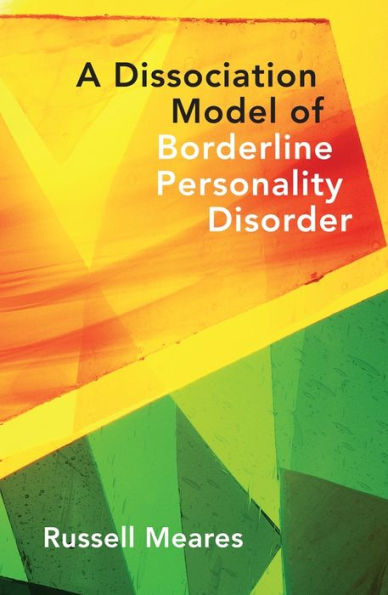Table of Contents
1 Introduction: The Borderline Experience 1
2 From Hysteria to Borderline: A Brief History 14
3 Self Disturbance as the Core of Borderline Personality Disorder 34
4 "Le Moi est une co-ordination" 48
5 A Failure of Neural Co-ordination in BPD: A Study of P3a and P3b 63
6 A Neural Network for the Matrix of Self 85
7 Dissociation in Borderline Personality 112
8 Fusion and Disconnection: The Paradoxical Structure of Dissociative Experience 157
9 The Expectational Field, Reversals, and Other Aspects of Disintegrated Relatedness 179
10 The Polysymptomatic Nature of Borderline Personality 200
11 Emotional Dysregulation 212
12 Somatization and Stimulus Entrapment 236
13 A Malady of Representations: Dysautonomic Aspects of BPD 248
14 Paranoid Ideas and Delusion Formation 268
15 Is BPD a Particularly Right Hemispheric Disorder? 287
16 Toward Cohesion: Analogical Relatedness 301
Credits 319
References 321
Index 381



